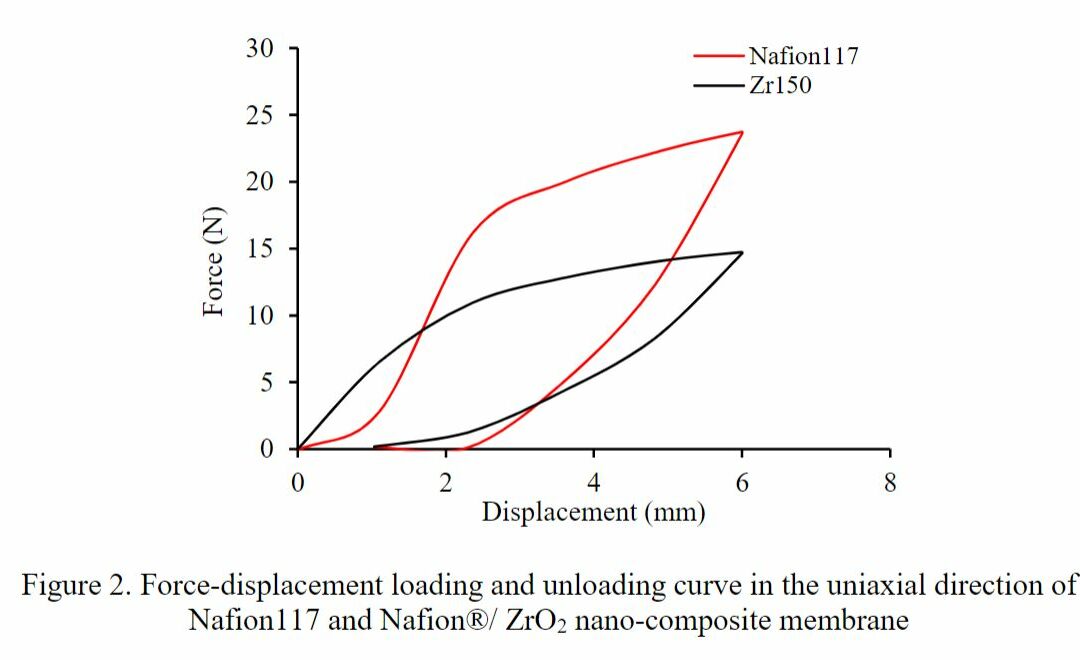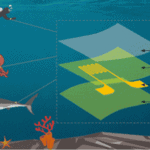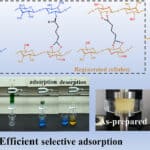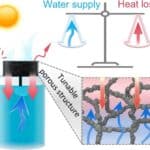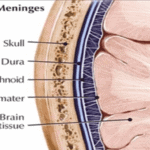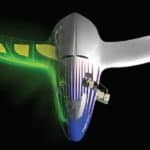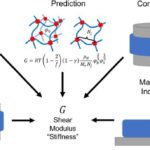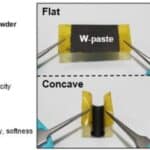Proton-Exchange Membrane Fuel Cells is a favourable alternative to the internal combustion engines in vehicle applications. It was initially developed by General Electric for NASA for use in the Gemini spacecraft (ScienceDirect). In this system, thin, conductive membranes are used to transport protons from the electrolyte to the cathode. Commercial membranes such as Polymer Nafion® are available, although challenges are present to develop optical mechanical/conductive properties for their function as well as determining the appropriate law to characterize their material properties from a vast number of material models.
Dr. Fulufhelo Nemavhola and Dr. RA Sigwadi from the University of South Africa have achieved in this study a comprehensive review of 6 hyperplastic material models on 2 types of membranes – commercial Nafion®117 and one treated with zirconium oxide. Uniaxial tensile tests up to 40% strain were conducted using the CellScale UStretch. From them, force and displacement data could be gathered to calculate stress and strain. They were then input into each material model to calculate the materials constants. The team further performed an error analysis between experiment and fitted data, concluding that one particular model has exhibited best fit and could thus be used to describe the membrane mechanical properties.
The figure above shows the force and displacement curves of the 2 membranes studied. We can observe that the relative strength of Nafion®117 is higher than the modified version at a given displacement. In future research, the team at University of South Africa will focus on the fatigue properties of Polymer Nafion®.
Read the full journal article here: http://journal.ump.edu.my/ijame/article/view/339
Read about Dr Nemavhola’s research here: https://www.unisa.ac.za/sites/corporate/default/Colleges/Science,-Engineering-&-Technology/Schools,-departments-&-centre/School-of-Engineering/Department-of-Mechanical-and-Industrial-Engineering/Staff-members/Mr-F-Masithulela
To read about bottom-up approaches to bioengineering, click here.

